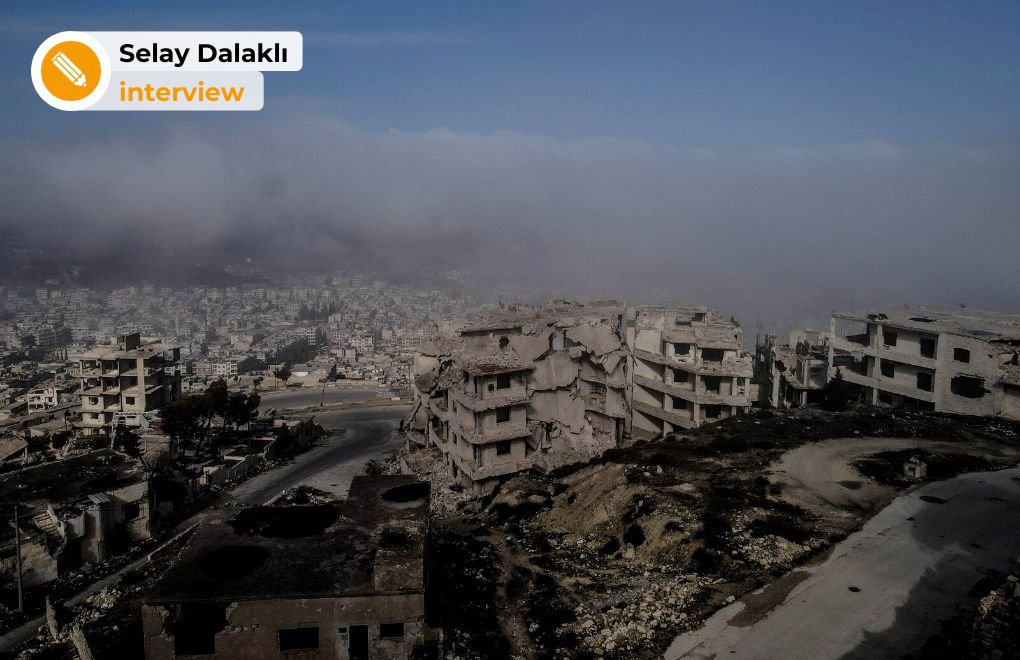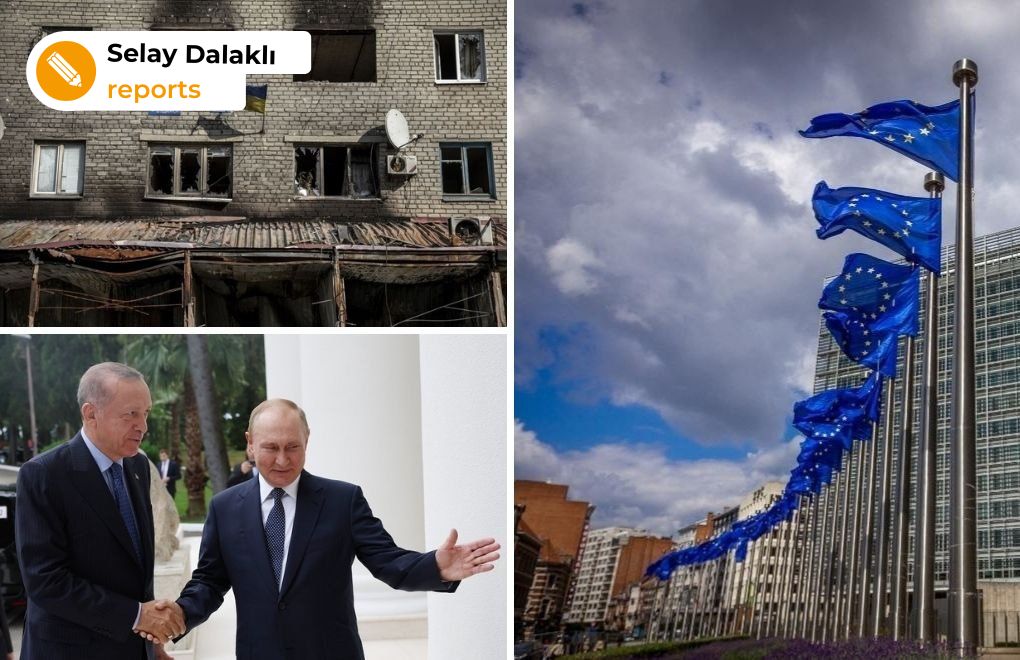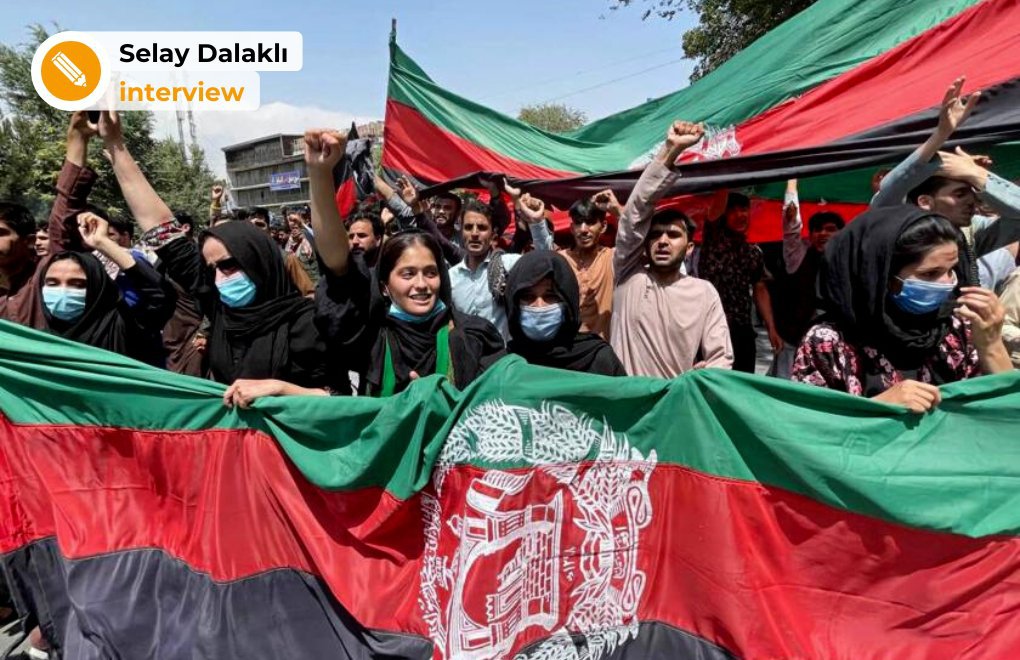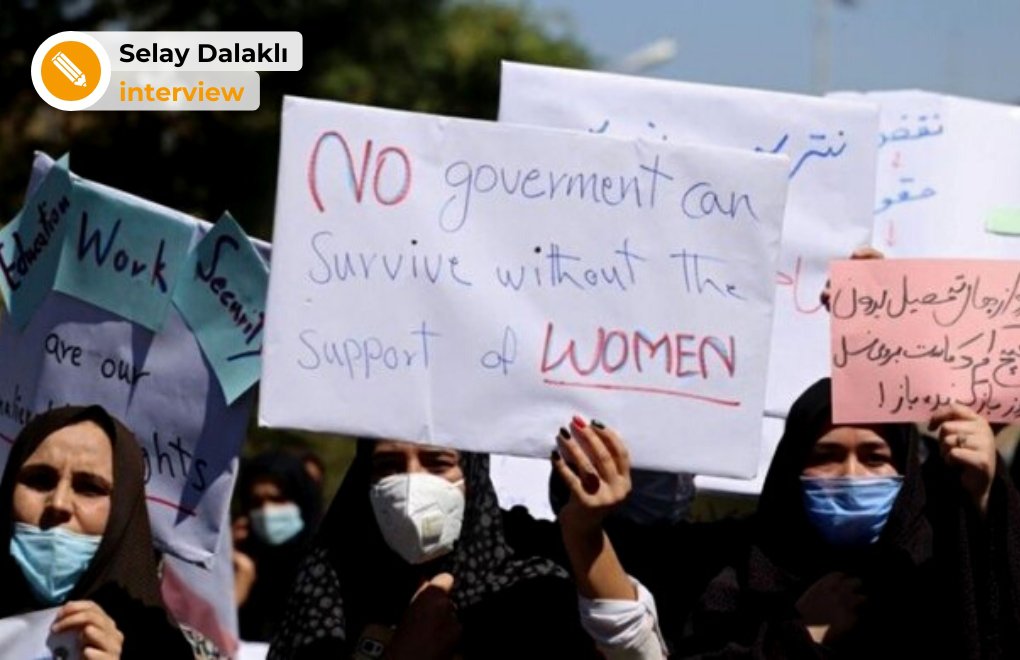Click to read the article in Turkish
An academic study on the coverage of forests fires in 2021 summer by bianet and by two mainstream newspapers in Türkiye reveals that bianet made the most references to climate change, included suggestions for solutions to policymakers the most, warned journalists and readers against false news regarding the involvement of "terrorists" as perpetrators, and showed the local people strong and in solidarity in more of its reports compared to reports where the local people are shown as weak and in need.
Forest fires in summer of 2021
The summer of 2021 was a difficult period. 275 forest fires broke out in 53 of the 81 provinces of Türkiye.
Eight people died trying to put out the fires and eight were killed on August 14, 2021, when a firefighting aircraft fell in Maraş according to a report by the Turkish Medical Association (TTB) on forest fires covering July-August 2021.
The forest fires were widely reported in the media.
2021 fires as a case study
Academician Ece Baykal Fide from the Faculty of Journalism at Marmara University published an article discussing how the media in Türkiye reported the fires in the summer months of 2021.
The article called "Turkish Newspapers Wildfire Coverage During the Summer of 2021" is focusing on how three media outlets framed the fires in their reports. bianet is one of the three media outlets that were examined.
In her article, Fide evaluates first "which frames and political-social actors the newspapers have given prominence when reporting the fires" and then studies "the news frames in order to see whether they are oriented to reveal the causes of the wildfires (diagnostic) or to propose solutions (prognostic) regarding firefighting or climate adaptation policies."
The purpose of the study is to test "some of the assumptions commonly put forward in media research about wildfires and disasters" over this case study. There are two assumptions Baykal Fide is referring to here.
That the reports of disasters such as fires omitted any mention of climate change and its impact on these disasters,
That the media organizations evaluate disasters through the lens of their geographical and national positions as well as power relations, without associating them with global events such as climate change,
Suggestions to policymakers covered?
Baykal Fide, in summary, reaches the following findings and conclusions from the frame analysis on the reports in the media in Türkiye during that period:
The media in Türkiye covered the fires within the framework of their current political and social conflicts. This situation has seen newspapers deliver news focused on extinguishing fires, post-disaster response discussions, and 'last minute' developments, instead of offering solutions to climate change and the implementation of mitigation or adaptation policies.
bianet had the highest percentage (14.2%) of news stories with a prognostic framing.
Regardless of their political views all newspapers in the sample generally proposed solutions regarding the recovery process rather than proactive or preventative climate adaptation policies.
Which three news outlets? And why?
Ece Baykal Fide made a frame analysis of 270 270 news items chosen from Sabah and Sözcü newspapers and bianet news portal between 28 July and 5 August that covered the first 9 days of the wildfires. Baykal Fide described why she selected these three news outlets as follows:
"Sabah is one of the most visited pro-government online newspapers. Sözcü is the most-read pro-opposition online and print newspaper.
"bianet doesn't have a vast number of readers, but with its focus on human rights and environmental destruction, it often serves as a reference source for journalists.
bianet also hosts climate-change specialist journalists that allows us to make a comparison between coverage in the mainstream newspapers and in those, which host climate-change specialist journalists."
"Most references to climate change in bianet"
The study results show that climate change is covered in very few news stories in all three publications. bianet was the one with the most references (17.4%) to climate change in its news on wildfires.
Neither of newspapers referred to wildfires in other countries to compare their firefighting strategies in terms of climate adaptation policies.
Focusing on the firefighting process and its governance, Sözcü almost ignored the impact of climate change on wildfires and mentioned it in only five news stories out of a total of 103.
These few news stories in which climate change was covered were those citing opposition politicians, who had raised the issue in their speeches.
Sabah referred to climate change in only nine out of 104 news stories. Five of these news stories cited scientists or scientific reports and four of them included comparisons with other countries.
However, in Sabah, news, which covered climate change, employed diagnostic framings and underlined the inevitable consequences of climate change rather than setting out solutions as presented by experts or CSOs. In a number of these news items, when authors accepted the deficiencies, especially related to aircraft, they still acclaimed the success of Turkey's firefighting management compared to other countries.
"bianet presenting solutions most"
Only 10.6% of Sözcü news (11 out of 103) had prognostic framings and the solutions presented in these news stories were mostly related to recovery, such as the repair of aircraft in the THK fleet or to an increase in their numbers.
These Sözcü news also considered budget increases in relation to disaster management. Two news stories with prognostic framings included proactive policy suggestions such as: increasing the number of forest workers, and improving their working conditions.
Sabah had only four news stories out of a total of 104 with a prognostic framing and two of them contained policy suggestions related to the recruitment of forest workers, penned by the same columnist. The other two news with solutions consisted of recommendations regarding the recovery process such as the renewal of the aircraft fleet or the surveillance of forests by drones to detect arsonists.
bianet had the highest percentage (14.2%) of news stories with a prognostic framing. Among these nine news stories, four were related to the recovery process and to public health issues.
Policy suggestions bianet proposed
bianet drew attention to the psychological problems experienced by child victims and to the possible chemical pollution of drinking water in disaster areas through articles written directly by doctors or via interviews with them.
For instance in the report on bianet dated August 2, 2021, the link between forest fires and climate change was clearly mentioned, and comparisons with other countries in terms of risks and precautions were made as well.
The other five news stories from Bianet covered policy suggestions made by civil society organizations (CSOs) or scholars in order to mitigate the impact of climate change on forest fires and prevent human-induced wildfires. The need to regularly maintain energy transmission lines and to establish policies that would promote the return of forest workers; were among the suggestions made.
Avoiding energy power plant construction in forestland was also highlighted. By citing the press communique of different CSOs, Bianet underlined the need to develop climate-related forest protection policies.
Mainstream media: "terrorists" perpetrators
Although terrorist attack is not among the motives cited in relation to the 2021 wildfires as officially declared by the General Directorate of Forestry (OGM) report, the mainstream media including Sabah and Sözcü, showed terrorist organizations as the perpetrators of wildfires.
In parallel with news-frames, "terrorists" as actors were only seen in the Sabah and Sözcü newspapers. bianet warned journalists and readers against false news on this matter.
While the national government - President and related ministries – were the actors most frequently referred to, Sözcü and Bianet, criticized the government's failure to fulfill its responsibilities regarding the prevention of fires.
People strong and in solidarity
In 7 (77%) of the 9 news stories, bianet showed people as strong and in solidarity with one another.
In Sabah's news stories "the people" were referenced in 20 out of 30 stories (67%), with fire victims generally depicted as in need of help from the state and apparently powerless. In two of these reports, women victims were depicted as weak because of their gender.
Sözcü also portrayed fire victims as weak in 57% of its news items (8 out of 14), albeit with a view to criticizing the government, and portrayed "the people in solidarity with one another" in only 6 news stories.
While Bianet and Sözcü reported on the restrictions imposed by the Supreme Board of Radio and Television (RTÜK) on journalists' news about the wildfires and the difficulties faced by journalists, this news was not featured in Sabah.
Companies and their possible role in the cause of fires were almost never mentioned in the news.
Although all three newspapers mentioned YK Energy's thermal power plant, which was in danger due to fires, only bianet mentioned the struggle of the local people against YK Energy, which aims to fell large swathes of the forest in order to expand its territory.





.jpg)
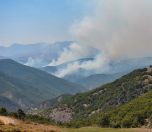
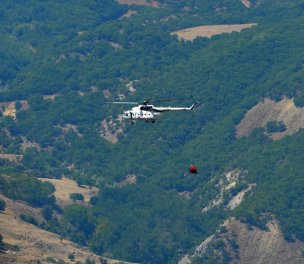
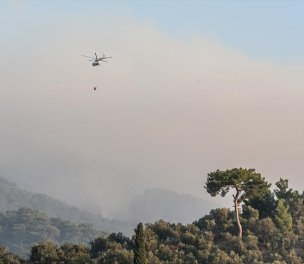
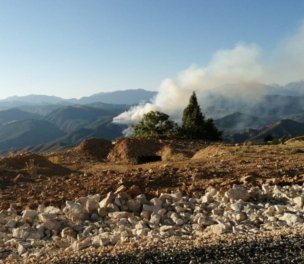

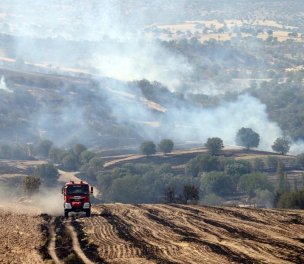
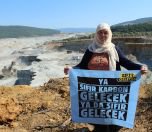
-132.jpg)

